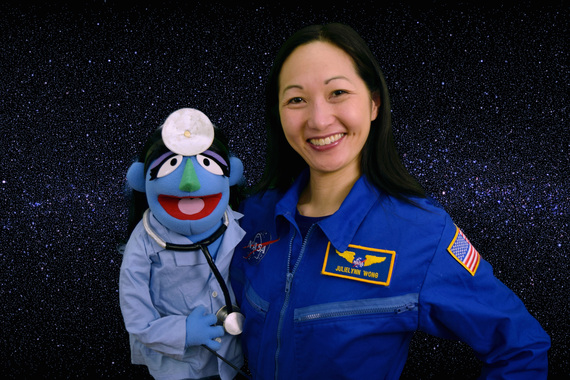 On my birthday in 1986, I watched the Challenger STS-51L launch live on television at primary school because Teacher-in-Space payload specialist Sharon Christa McAuliffe was onboard.
On my birthday in 1986, I watched the Challenger STS-51L launch live on television at primary school because Teacher-in-Space payload specialist Sharon Christa McAuliffe was onboard.
Jan. 28, 2016 marks the 30th anniversary of the loss of the Challenger Space Shuttle and its crew. On this historic date, a fifth grade class will take a field trip to the Challenger Learning Center in Tallahassee, Fla. During their voyage to intercept a comet, they'll teleconference with me, a medical doctor and teacher who's participating in a simulated asteroid exploration mission at NASA's Johnson Space Center. I'm part of an all-female crew with backgrounds in science, technology, engineering, and mathematics.
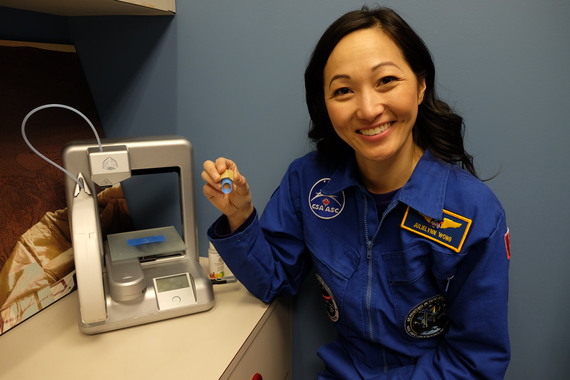
In the aftermath of the Challenger tragedy, the families of the crew created the Challenger Centre for Space Science Education to continue the crew's educational mission. Today there are over 40 Challenger Learning Centers across 3 continents, 4 nations, and 27 states. Together, these centers have served and inspired over 4 million students and teachers by using state-of-the-art technology to simulate human space exploration missions.
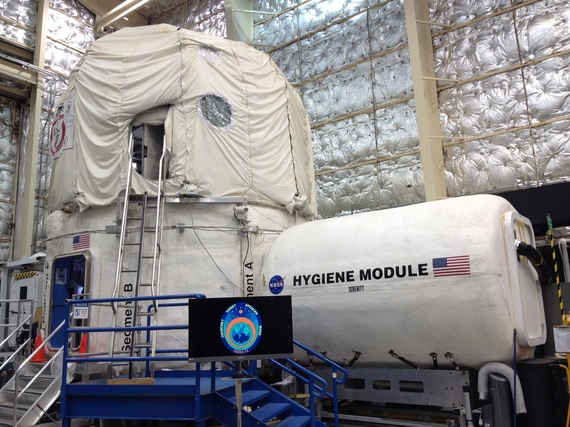 The Human Exploration Research Analog (HERA) is a three-story cylinder-shaped habitat at NASA's Johnson Space Center. This research lab contains an airlock, work area, medical station, flight deck, four bunks, kitchen, and a bathroom. Image Credit: Julielynn Wong, M.D.
The Human Exploration Research Analog (HERA) is a three-story cylinder-shaped habitat at NASA's Johnson Space Center. This research lab contains an airlock, work area, medical station, flight deck, four bunks, kitchen, and a bathroom. Image Credit: Julielynn Wong, M.D.
Starting on Jan. 25, I'll be living with three female crew members inside the HERA habitat for 30 days to simulate the flight operations and isolation associated with a mission to a near-Earth asteroid. This research facility examines how living and working in close quarters under stressful conditions affects work performance and team dynamics.
Every mission day is carefully planned out, with a busy schedule similar to a day on the International Space Station. A typical day will include meals, exercise, planning meetings, scientific research, simulated mission operations, training drills, and housekeeping. We chat with our family and friends once a week and participate in education and public outreach activities.
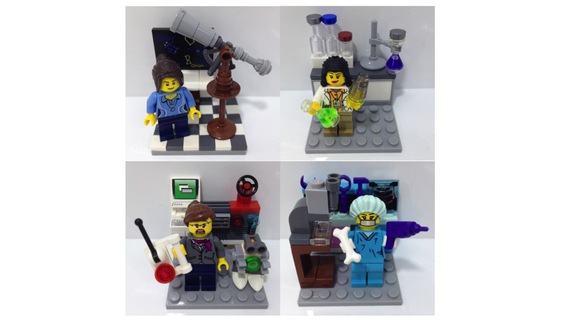 Meet the Lego action figures I created of our crew. Top left: HERA IX Mission Commander. Top right: Mission Specialist #1. Bottom left: Mission Specialist #2. Bottom right: Flight Engineer.
Meet the Lego action figures I created of our crew. Top left: HERA IX Mission Commander. Top right: Mission Specialist #1. Bottom left: Mission Specialist #2. Bottom right: Flight Engineer.
Our crew commander, Michelle Courtney, is an aerospace engineer who works for Virgin Galactic. Our first mission specialist, LaShelle Spencer, is a NASA scientist who helps to discover better ways to keep the air and water clean on the space station and to grow food for astronauts. Our second mission specialist, Leah Honey, is a mechanical engineer and roboticist who works as a flight controller in NASA Johnson Space Center's Mission Control Center. I'm the flight engineer who is a physician, researcher, educator, pilot, and inventor.
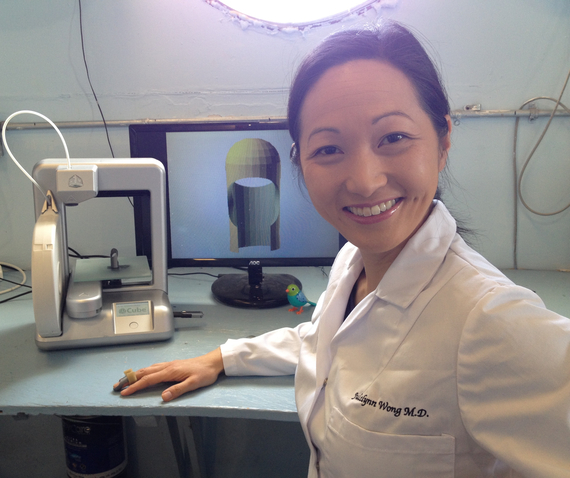 Back home, I make 3D printable medical supplies for space missions and remote communities. After my HERA mission, I will be conducting an experiment to 3D print the first medical tools on the International Space Station.
Back home, I make 3D printable medical supplies for space missions and remote communities. After my HERA mission, I will be conducting an experiment to 3D print the first medical tools on the International Space Station.
The HERA IX mission badge design is inspired by the eye of a peacock feather, a symbol of Hera - the Greek goddess of women. The border displays the last names of the all-female crew in alphabetical order. The globe symbolizes Earth. The moon, a near-Earth asteroid, and Mars highlight past, present, and future destinations for human space exploration missions. The 30th anniversary of the loss of the Challenger crew coincides with the HERA IX mission so seven stars were drawn to represent the seven Challenger crew members.

